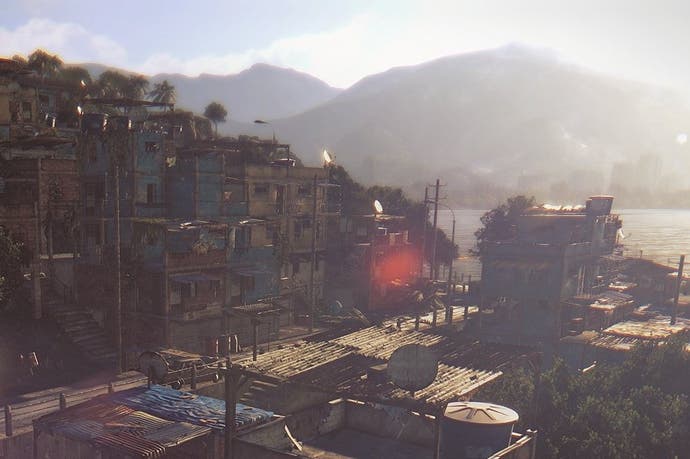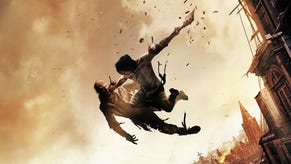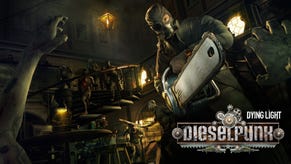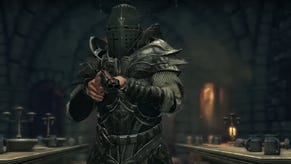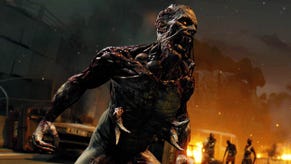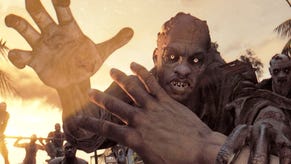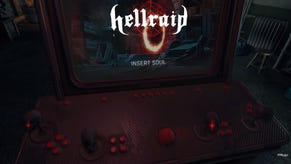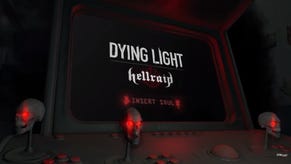Dying Light review
Hello darkness, my old friend.
Good news for everyone who fell for the scruffy charms of Techland's Dead Island back in 2011. The developer is back with a new open-world zombie game that is almost exactly the same, but more polished and with added parkour.
Dying Light doesn't just resemble Dead Island in its setting or style, it repeats entire gameplay features. The focus on melee weapons is the same. The kick you use to keep the undead at bay is the same. Even the stamina bar, which depletes every time you swing a pipe or wrench, is the same. The crafting is identical, in function if not form, allowing you to add elemental damage to your weapons through blueprints and upgrades. And the co-op gameplay is the same, as up to three others can join you as you leg it around the quarantined South American city of Harran, performing fetch quests, looting crates and earning XP.
One major difference is parkour, that once-zeitgeisty method of locomotion that sees you mantling up ledges and leaping from rooftops like an excitable flea. This is a one-button affair, mapped to the jump command. Hold that shoulder button down when sprinting or leaping, and you'll grab whatever ledge you're looking at. It's never particularly elegant - this is more frantic scramble than effortless grace - but it gets the job done.
That job, of course, is keeping you out of the clutches of the undead which congregate in Harran's streets and shanties. Your common or garden walking corpse can't climb, so providing you stick to higher ground, you'll be unmolested as you chase quest markers across the averagely sized map.
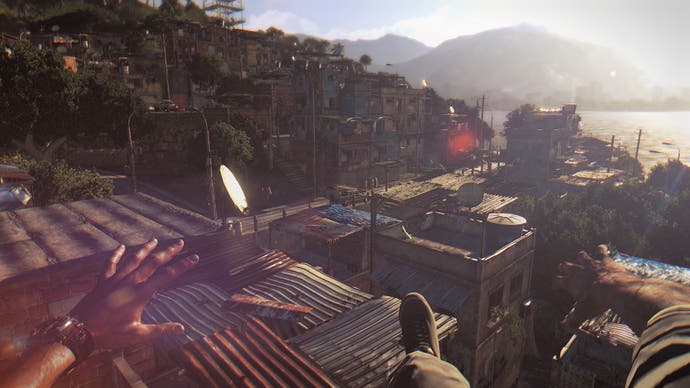
The other notable addition to the Dead Island formula is a day and night cycle which dramatically alters your chances of survival. Once the sun goes down, deadlier mutated creatures are on the prowl, and they are both more tenacious and agile than the basic shambling ghouls. You're advised to take shelter in one of the many unlockable safe houses dotted around the city and speed the arrival of the dawn by sleeping through the carnage outside.
Both are solid ideas, if hardly original. Parkour has long since lost its novelty, both in real life and in games, and the nocturnal race for safety feels like a grungier, bloodier riff on Minecraft - or any of the dozens of other zombie survival games around at the moment.
The game certainly looks and performs better than Dead Island, which was always a diamond in the rough. There are still some creaky bits - textures pop in, sometimes zombies flicker in or out of existence, and while the environment has had some attention lavished on it, the zombies themselves are fairly crude up close. It's not uncommon to see these "biters" lodged in scenery, or getting themselves in a right mess as the AI pathfinding struggles to pick a route through the rubble.
But the game is capable of moments of beauty, and the character models are a vast improvement over Dead Island's balloon-limbed marionettes. The script, sadly, hasn't seen similar evolution, but the predictable tale of government malfeasance and despotic survivor cults does what it needs to do, and gets you up to speed on how to play and keeps you moving around the map.

It's just hard to muster much enthusiasm for the end result. Dead Island was a shambolic mongrel, but it had a cartoonish verve that made it surprisingly likeable. It knew that what players really wanted was to carve the limbs of zombies using an electrified machete, and it made sure that opportunities to do so were never far away.
With its emphasis shifted to avoiding zombie confrontations rather than revelling in them, Dying Light can't help but lack the sort of energy needed to keep your attention throughout a prolonged but repetitive campaign. Weapons feel nerfed, even once you've advanced beyond the basic starter arsenal, and zombies too quickly become damage sponges.
There are three upgrade trees - one for general survival skills, one for agility, and one for attack power. XP for each is earned ambiently - so for every leap and climb, you add a few points to the Agility total, while the same is true of Power and every point of damage dealt. It's a nice way to handle progression, ensuring even the most aimless jaunt serves a purpose, but you have to play for a very long time to unlock the really fun abilities.
Also holding you back from taking a proactive approach to undead clearance is the heavily punitive weapon damage system. Even the hardiest wrench will break after just a few skull cracks, and must be repaired with metal parts scavenged from the scenery. That, in itself, is nothing new but each weapon now also has a limit to how many times it can be fixed. There's no point getting too attached to a specific weapon that you've upgraded and customised, because eventually it will break completely and need to be trashed.
Clearly, if carving your way through the horde was cathartic entertainment from the off, rather than a lethal slog, there'd be no reason to make use of the parkour stuff, so all of these features feel designed to keep the really fun stuff at arm's length. For fans weaned on Dead Island's blood-stained excess, it can be a frustrating twist.
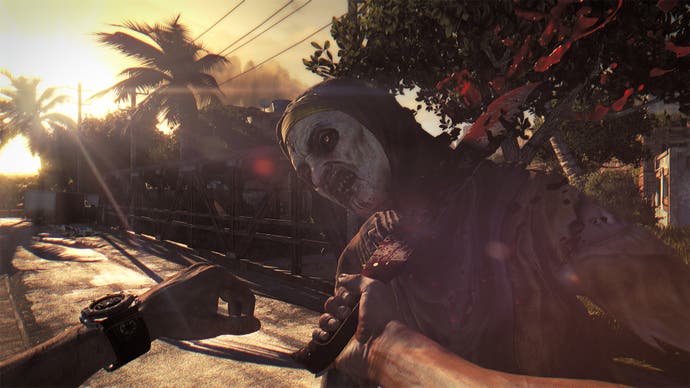
That's not to say there aren't flashes of grisly emergent brilliance along the way. Pools of gasoline explode, downed power lines offer impromptu electrocution spots and some kind soul has left useful spikes all over the place. Kicking zombies into these is almost always an instant kill, and the pleasure of these minor improvisations makes for a welcome respite from the drudgery that getting from A to B soon becomes.
As with Dead Island, multiplayer is what makes the difference. Whereas in Techland's previous games, you were simply bundled together into one game and left to make your own amusement, Dying Light displays a more curated eye for co-operative mayhem.
While playing with others, the game will serve up miniature challenges which both encourage co-operation and competition. There may be a survivor in need of rescue, and the player who deals the most damage to the zombies threatening them will earn bonuses. It may be a race to the next objective, or a fight to take down one of the larger club-wielding brutes. You can choose whether or not accept these bonus objectives, but they keep the world feeling fresh and reactive even once you've cleared the story and are just roaming around looking for reasons to get your hands dirty.
Similarly, there's also Be The Zombie, a free bonus DLC mode which allows you to invade other player's games as an advanced hunter mutant. In this form you can use tentacles to propel you through the air, Spidey-style, as well as using your blood-curdling scream to reveal the locations of human players. They, meanwhile, can use UV flashlights to sap your powers, leaving you vulnerable to retaliation. In other words, success comes from sneaking up on enemies, rather than chasing after them. With enough players, all flanking, distracting and pouncing on each other, it can be a real blast. With small lobbies, it's less appealing.
As a follow up to Dead Island, Dying Light represents an improvement on the technical front, but has lost some of its knockabout charm in the process. It shares its predecessors pace and shape, as things start on a relative high as you explore into the game's systems, but then tail off the hours tick by. Dying Light mixes up Techland's own recipe to enjoyable effect, but can't fully disguise its regurgitated flavour.
